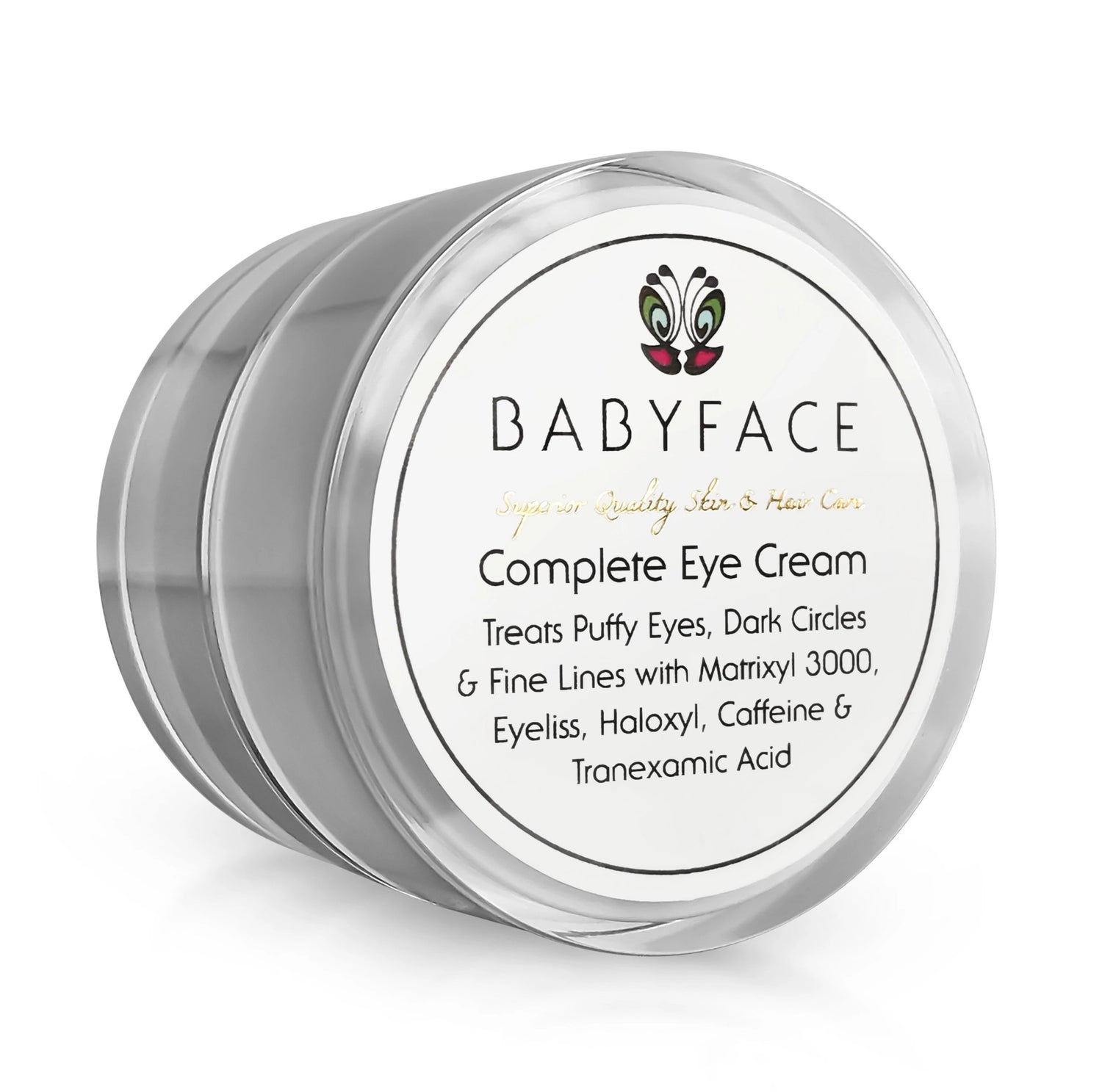Summer Is Near - Time To Talk About Sun Damage
Chris LloydShare

When we’re young, enjoying the warm sunny days of summer, we don’t think about sun damage.
Which is unfortunate. And if you don’t think about sun protection on sunny days, you probably don’t think about it on cloudy days either; but the sun is still causing damage even on cloudy days, breaking down your plump, firm, glowing, youthful skin.
There will always be a need for the correction of the visible signs of aging in the skin, and although there are now numerous treatment options available, the first step in treating any skin concern is determining what is happening within the dermis and epidermis that is causing the symptoms.
Ultraviolet (UV) rays from the sun are the No. 1 cause of visible aging, hence the popular term “sun damage.” By identifying the breakdown that occurs when the skin is exposed to the sun’s damaging rays and which ingredients can be used to limit or repair this breakdown, more deliberate treatment and product choices can be made.
Understanding UV Sun Damage
External factors, such as sunlight, are responsible for many of the visible changes that take place in the skin. Although some minor alterations would occur regardless of the amount of sun exposure, research indicates that up to 85% of visible aging is due to external factors. The following are among the most common presentations of sun damage.
Deep wrinkling.
This is not associated with the normal aging process; fine lines are normal, deep wrinkles are not. The sun’s UVA rays penetrate deeply into the dermis and cause the breakdown, disorganization and cross-linking of collagen.
Cross-linking refers to what occurs when collagen fibers break down and fuse back together in a crisscross pattern. This process leads to reduced support and structure and, in the end, deep wrinkling. In addition, collagen and elastin breakdown is accelerated by an overproduction of matrix metalloproteinase (MMP) enzymes. Important MMP include collagenase and elastase, which break down collagen and elastin, respectively.
Studies have found that MMP are increased within minutes of UV exposure, making any time spent outdoors potentially destructive to the skin.
Coarsening.
This refers to keratinization of the skin, or the abnormal buildup of keratinocytes. Coarsening is responsible for the dull, thickened and rough-textured appearance often seen in more mature skin. Many refer to coarsening as an orange peel or leather like appearance.
UVA and UVB radiation can cause an overproduction of epidermal cells, and the skin’s thickness can double as a result of repeated sun exposure. This obvious, rough-textured appearance only occurs in certain cases of sun damage.
Dehydration.
This is common in nearly all cases of sun damage. Dehydration of the skin involves a lack of water moisture. Many incorrectly believe that sebum production decreases with age. In fact, the dryness that is common in clients with aging skin is due to a decrease in the skin’s natural moisturizing factor (NMF).
A drop in NMF levels occurs naturally with age, but is worsened by environmental exposure. Even the smallest disruption in this hydrating group of substances can significantly decrease surface moisture levels, and slow the natural shedding and cell turnover process. Additionally, hyaluronidase, which is another MMP responsible for the degradation of hyaluronic acid, increases in response to the inflammation caused by UV rays and free radical damage.
Skin that is suffering from sun damage may experience a thickened, dry surface that appears flaky, dull and rough.
Hyperpigmentation.
This is one of the most common concerns for mature skin. The melanogenesis, or pigment-producing process, generates melanin in response to inflammation, and UV exposure significantly increases inflammation levels throughout the epidermis and dermis.
Sun-induced hyperpigmentation most often appears as random, sporadic freckling that may be more prevalent on the higher, more exposed areas of the face, such as the top of the forehead or the bridge of the nose.
The Culprits
Overall, there are five crucial changes responsible for accelerated visible aging:
- The degradation of collagen and elastin
- The overproduction of MMP enzymes
- A decrease in the skin’s NMF
- An overproduction of epidermal cells
- An increase in melanin production
The Solutions
Now that you know what needs to be addressed, it is much simpler to choose effective ingredients for prevention and correction.
The collagen-stimulating and exfoliating benefits associated with chemical peels and microdermabrasion will significantly accelerate results. Research also indicates that alpha hydroxy acids (AHAs), salicylic acid and retinoids/retinols also stimulate the production of collagen when applied to the skin.
In addition, each acid either dissolves dead skin cells or dissolves the bonds that hold them together, which will decrease surface buildup, increase cell turnover and support NMF retention. Microdermabrasion has also been shown to stimulate collagen production, and the mechanical exfoliating properties will smooth textural changes, such as wrinkling, and encourage healthy cell turnover rates.
Peptides added to your daily routine can also help boost the collagen repair process, smoothing and firming the damaged skin.
Practice Prevention
Although it is true that each person will continue to age, there are measures that can be taken to limit the severity of visible skin aging. Prevention is, of course, ideal, and people of all ages should use a broad-spectrum sunscreen each morning.
Antioxidants, such as vitamin C, are also important preventative products you can add to your daily routine. Those with sun damage should use a combination of corrective ingredients that address multiple concerns simultaneously for the fastest possible results.
